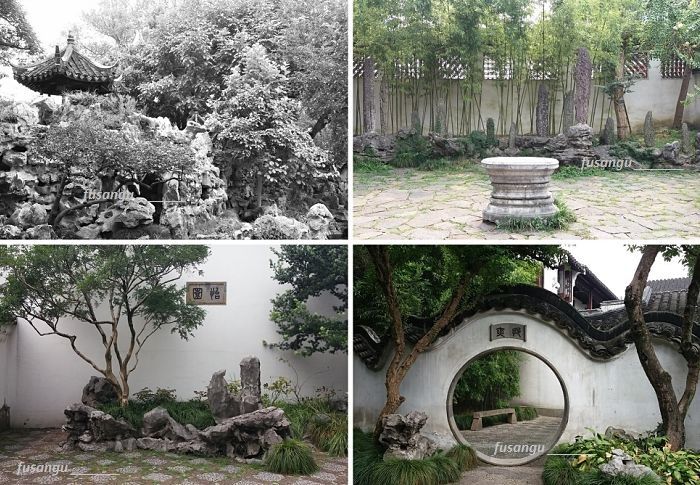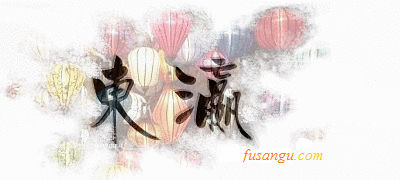
If you are interested in China’s traditional art you should never miss out on a visit to Suzhou, the ancient capital of the Kingdom of Wu and a historical town whose development exerted a huge influence on shaping the national culture of the Middle Kingdom.
For long time the most important and powerful city of the region, Suzhou has become famous for the production of silk and its magnificent gardens.
The Classical Gardens of Suzhou, enlisted as World Heritage, are definitely among the most exquisite and inspiring works of art that one can see.
Classical Gardens of Suzhou
In Suzhou you can find many traditional gardens. Nine of them, named the Classical Garden of Suzhou, are considered masterpieces of the art of the Chinese garden, an exquisite form of art that aims to create an idyllic reality of pure harmony.
Their beauty is intended as a way to illustrate the perfection of the metaphysical principles of the Chinese philosophy. The design resorts to a great number of methods and sophisticated techniques that condense a huge narration within the limits of a very small space. Meticulous details create a ever changing landscape. Even the slightest change in the position of the observer generates a completely different perspective.
A large number of elements, such as plants, flowers, pavilions, rock formation, bridges, calligraphy works, buildings of various nature are combined in wonderful compositions that never cease to amaze and constantly change with the weather and seasonal cycles.
Assuming that you choose to wake up early and begin your visit by 8:00 a.m. we suggest you include in your itinerary the Humble Administrator’s Garden, the Lion Grove Garden, the Master of the Nets’ Garden, the Lingering Garden, the Tiger Hill, a cultural trove.
Humble Administrator’s Garden
The Humble Administrator’s Garden (拙政园, ZhuoZhengYuan) is the largest and most renowned garden in Suzhou. Dating back to the Ming Dynasty Period, it was found by a civil servant who chose to retire from his duties to embrace seclusion and a simple and modest life.
The garden area, centred around a large lake, is divided in three parts (eastern, central and western) and comprises a large number of scenes as well as a museum which occupies the former residence. The number of elements (buildings, bridges, stelae, penjing) in the composition is impressive.
Other destinations
Depending on the pace of your mode of travelling, you may visit two or more gardens and places of scenic and historical importance. Among them we believe we recommend the following:
-
Master of the Nets Garden (网师园, WangShiYuan), the smallest among the Classical Gardens of Suzhou, it dates back to the Southern Song Dynasty Period. It is an excellent place where you can start to learn how to appreciated this form of art. The composition is built around a central pond, surrounded by pavilions and corridors. The observer follows a circular path that opens to a rapidly changing horizons. It is incredible what the meticulous design achieved in such a small area. Next to the central section around the pond, are the residential quarters. Here you can see many halls exquisitely ornate. Not to be missed is also the small courtyard DianChunYi (殿春簃), a real gem. There is a deep sense of harmony between architecture and Nature;
-
Lion Grove Garden (狮子林园, ShiZiLinYuan), dating back to the Yuan Dynasty Period, it was built by the disciples of a Buddhist monk. It quickly became a gathering place for literati and followers of Buddhism as well as a source of inspiration for artists The garden comprises a number of artistic buildings, among which the True Delight Pavilion (真去亭, ZhenQuTing) stands out. At the centre, surrounded by the pond, is a large rockery mostly made of Taihu Their shapes give rise to the most various impressions. Together with the trees, they are meant to recreate a mountainous landscape, a dimension most beloved by Zen practitioners.
-
Lingering Garden (留园, LiuYuan), one of the most renowned gardens of Suzhou, it is also associated to GuQin music. With a history of complicated vicissitudes that led to numerous reconstructions, the garden is most famous for the large rockery formations, the long and meandering covered paths and some of China’s most impressive Scholar stones. Change in perspective is often abrupt and surprising and the visitor feels like he is wandering in a maze. Corridors are a key element of space definition and buildings come in a variety of size, colour and shape. Of particular beauty are the elegant pavilions.
-
Tiger Hill (虎丘, HuQiu), a scenic and historical site, for centuries if not millennia, a coveted destination poets and artists. On the slopes of the beautiful hill amid a lush vegetation are ancient temples, pavilions and gardens. Some of the vestiges date back to the period when Suzhou was founded. The hill emerges from the rather flat surroundings as a singularity and, as it often happens with mountains, it was regarded as a sacred place. Therefore it was here that the King of Wu was buried. Over the centuries its beauty was celebrated by men of culture who gave poetic names to many scenic spots. Poetry and calligraphy works are carved into rocks and cliffs. At the top of the hill stands the imposing seven-storey YunYan Pagoda (云岩寺塔, YunYanSiTa). Despite a consolidation intervention during the Ming Period its brick structure still exhibits a considerable tilt. The tomb of King HeLu lies beneath the Sword Pool (剑池, JianChi). There is also a museum with a collection of penjing.
How to get to Suzhou
After visiting Wuzhen you can reach Suzhou directly by bus or train. The journey takes less than 2 hours.
Where to stay in Suzhou
The city centre is the best place to stay at. Suzhou is one of the few large cities in China where you can pleasantly get around on foot.
Subway lines are present but they do not play much of a role when it comes to travelling for the purpose of tourism. Some tourist bus lines connect many places of interest. Using them is easy and very cheap.
In the city centre you can find a variety of guest houses, hostels and hotels of any kind. Value for money ratio is usually very good and quite a few hotels are housed in traditional houses, which makes for a charming experience.
Related articles:
China suggested 2-week itinerary
Nearby destinations:
Hangzhou 2-day itinerary | Wuzhen 1-day itinerary

